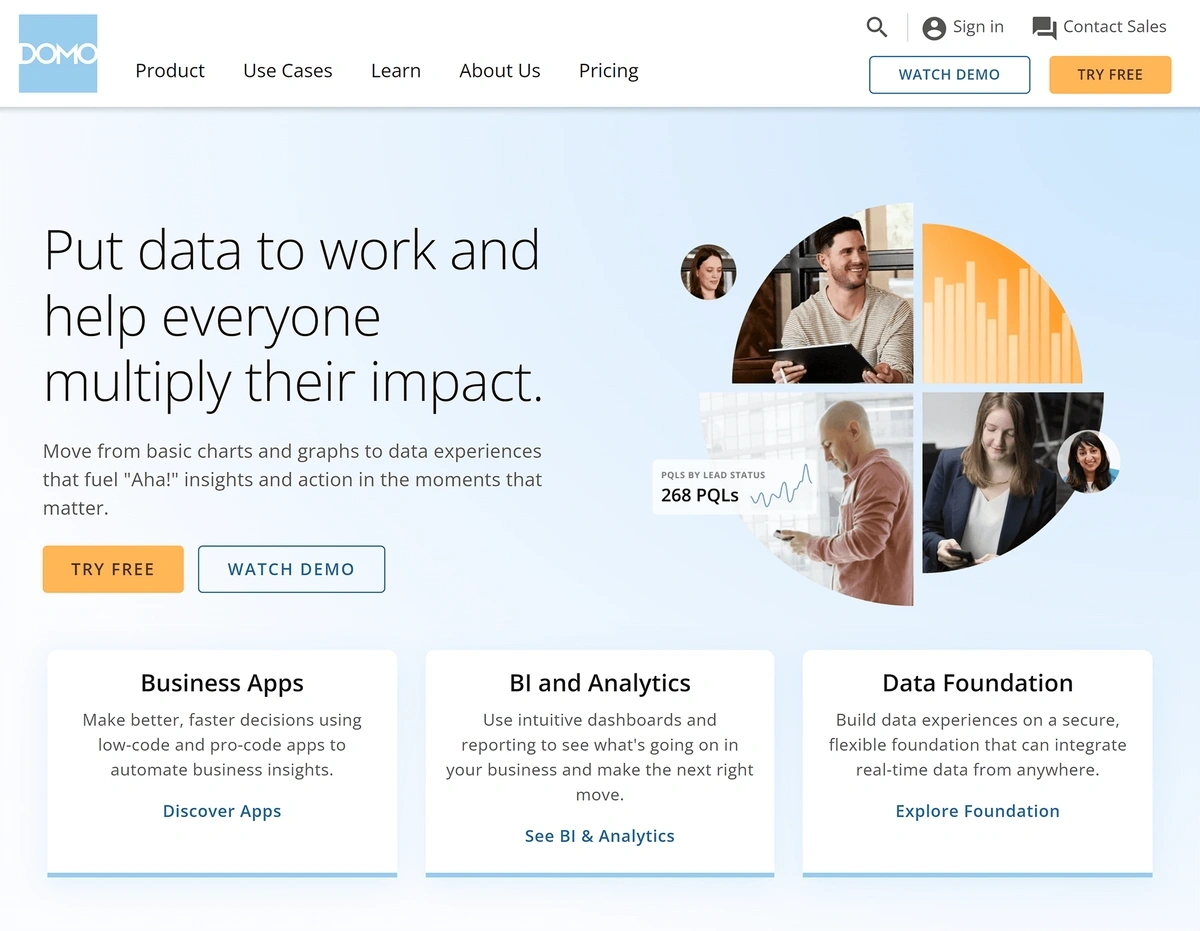Top Business Intelligence Tools for Data Analysis in 2025 sets the stage for a deep dive into the evolving landscape of data analysis. As businesses increasingly rely on data-driven decisions, the right tools have become essential in unlocking valuable insights. This exploration will reveal how these tools are shaping the future of analytics and why staying ahead of the curve is vital for modern organizations.
In this discussion, we will cover the importance of various business intelligence tools, how they aid in simplifying complex data, and the innovations expected to emerge in 2025. From user-friendly interfaces to advanced analytical capabilities, these tools not only enhance productivity but also foster a culture of informed decision-making.
In the fast-paced world of technology, the landscape is continuously evolving, presenting both new opportunities and challenges. From advancements in artificial intelligence to shifts in consumer behavior, understanding these changes can provide significant advantages, whether you’re an entrepreneur, a seasoned professional, or simply an enthusiast. This article delves into the current trends shaping the tech industry and their implications for the future.One of the most impactful trends in recent years is the rise of artificial intelligence (AI).
AI technology has not only permeated various industries but has also transformed the way we use technology in our daily lives. From virtual assistants like Siri and Alexa to data analytics and machine learning applications, AI is proving to be a game-changer. Businesses are leveraging AI to enhance customer experiences, streamline operations, and make data-driven decisions. For instance, companies like Amazon and Netflix utilize AI algorithms to deliver personalized recommendations, significantly improving user engagement and satisfaction.Moreover, the adoption of AI is closely tied to the concept of automation.
As machines become more intelligent, the potential for automation across various sectors increases. In manufacturing, for example, robots are now performing tasks that were once considered exclusive to humans. This shift has led to increased efficiency and productivity, allowing companies to scale their operations and reduce costs. However, the rise of automation also raises concerns about job displacement. As roles evolve, there is a growing need for upskilling and reskilling the workforce to ensure that employees can adapt to the changes and transition into new roles.Another significant trend is the growing emphasis on cybersecurity.
With the increasing reliance on digital platforms and the rise of remote work, protecting sensitive information has never been more critical. Cyberattacks are becoming more sophisticated, posing substantial risks to businesses and individuals alike. Companies are investing heavily in cybersecurity measures to safeguard their data from breaches and attacks. This trend highlights the importance of developing robust security protocols and fostering a culture of cybersecurity awareness within organizations.
As technology continues to advance, staying ahead of potential threats will be paramount for ensuring the integrity of data and maintaining consumer trust.Furthermore, the Internet of Things (IoT) is revolutionizing how we interact with technology. IoT refers to the network of interconnected devices that communicate and share data with one another. From smart home devices to wearable technology, IoT has made our lives more convenient and efficient.
For instance, smart thermostats can adjust temperatures based on our routines, while fitness trackers monitor our health metrics in real-time. As the IoT ecosystem expands, the possibilities for innovation are vast. However, this interconnectedness also raises concerns about data privacy and security, necessitating the development of strict regulations and standards to protect consumers.Sustainability is another key consideration driving technological innovation.

As awareness of environmental issues grows, businesses are increasingly prioritizing sustainable practices. This trend is evident in various sectors, from renewable energy solutions to eco-friendly product designs. Companies are investing in technologies that reduce their carbon footprint and promote sustainability, not only as a corporate responsibility but also as a competitive advantage. For instance, the rise of electric vehicles (EVs) is transforming the automotive industry, with major manufacturers committing to producing more sustainable alternatives.
This shift towards sustainability presents opportunities for entrepreneurs to explore innovative solutions that address environmental challenges while meeting consumer demands.In addition to these trends, the COVID-19 pandemic has accelerated the adoption of digital transformation across industries. Businesses that were once hesitant to embrace digital solutions were forced to adapt swiftly to survive. Remote work became the norm, leading to the widespread use of collaboration tools and cloud-based services.
As a result, organizations are re-evaluating their operational strategies and investing in digital infrastructure to support a hybrid workforce. This transformation is expected to have long-lasting effects, shaping how businesses operate and interact with customers in a post-pandemic world.As we look to the future, it’s essential to recognize the critical role of innovation in driving change. Startups and established companies alike must foster a culture of creativity and experimentation.
Embracing new ideas and technologies can lead to breakthroughs that redefine industries and create new markets. Encouraging collaboration between tech companies, academic institutions, and government agencies can further propel innovation, as diverse perspectives and expertise are vital for addressing complex challenges.Moreover, diversity and inclusion within the tech industry are gaining prominence. Diverse teams bring unique perspectives that can lead to more innovative solutions.
Companies are beginning to recognize the importance of fostering an inclusive environment that values different backgrounds and experiences. By prioritizing diversity, organizations can enhance creativity, improve decision-making, and better reflect the communities they serve.In conclusion, the tech industry is undergoing rapid transformations driven by advancements in AI, automation, cybersecurity, IoT, sustainability, and digital transformation. As these trends continue to evolve, it’s crucial for individuals and businesses to stay informed and adaptable.
The ability to leverage technology effectively and innovate will determine success in this ever-changing landscape. Embracing change and fostering a culture of creativity and inclusion will be essential for navigating the future of technology. Whether you’re an entrepreneur looking to start a new venture or a professional seeking to advance your career, keeping a pulse on these trends will empower you to thrive in the dynamic world of technology.


